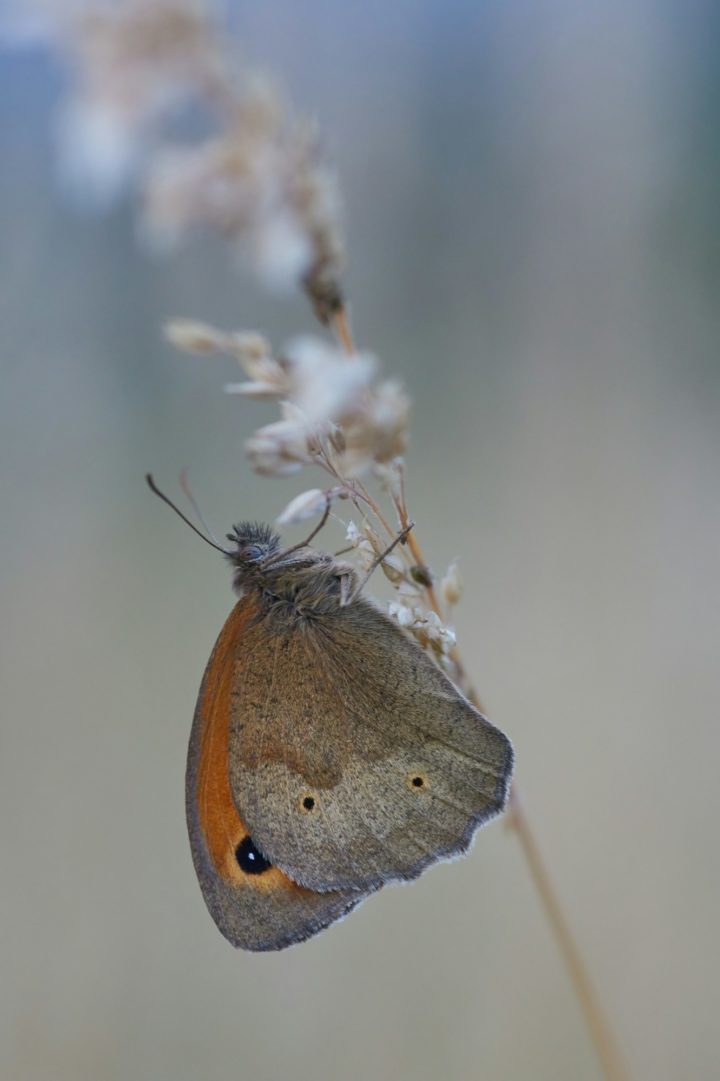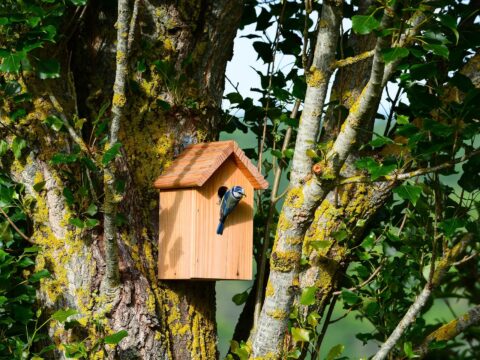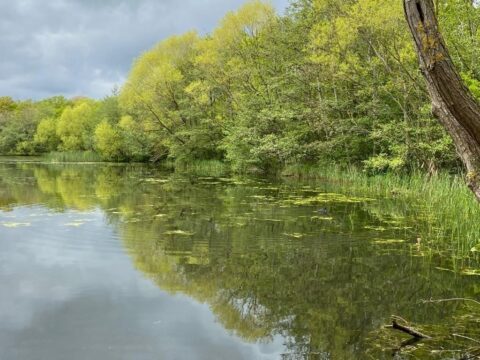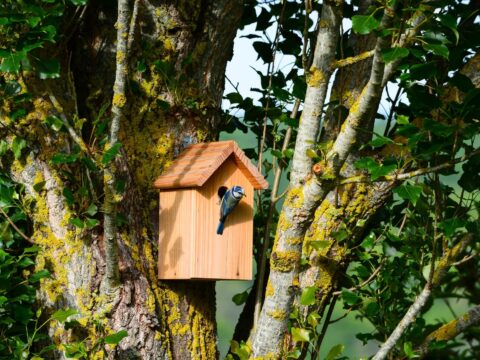Get Busying Spotting Butterflies
Read more about the importance of monitoring butterflies and how you can get involved.
Posted on 18th July 2024
During the last couple of years the team at Belhus Woods Country Park have been undertaking a survey to monitor butterfly species found in the park as part of the United Kingdom Butterfly Monitoring Scheme (UKBMS).
The UKBMS is one of the longest running insect monitoring schemes in the world. Having begun in 1976 it is now recording data on over 2,000 sites a year.
You can use our Butterfly Spotter's guide to identify those you see.
Why Butterflies?
Butterflies are uniquely placed to act as indicators of the changing environment as their quick lifecycles are highly sensitive to changing conditions.
The data collected is used to track trends to support research and conservation in a variety of ways and full records can be read on the UKBMS website.
Join a Butterfly Survey
If you have lots of time and are really ready to commit, there are lots of ways you can get involved with the UKBMS.
You can also sign up for the Big Butterfly Count - which is aimed at members of the public.
The Big Butterfly Count is a nationwide citizen science survey aimed at helping us assess the health of our environment. It was launched in 2010 and has rapidly become the world's biggest survey of butterflies. Over 64,000 citizen scientists took part in 2022, submitting 96,257 counts of butterflies and day-flying moths from across the UK.
Join the count for 2024, running from Friday 12 July to Sunday 4 August.
Download the Big Butterfly Count ID chart.
Read more about the National results for 2023.
Results at Belhus Woods Country Park 2023
The good news is that from 2022 to 2023 Belhus Woods Country Park witnessed increases in both population numbers and types of species.
Woodland butterflies tended to appear earliest (April in 2022 and May in 2023). Brimstones, whites and peacocks were the first to arrive both years.
In the meadow areas we hit peak numbers in June and July. Browns, blues, ringlets and gatekeepers formed the largest populations.
By far the most common butterfly at Belhus Woods was the meadow brown.

Tagged with
Related blogs

Build a nesting box
Help our feathered friends by building a nesting box, it’s a simple and effective way to encourage more wildlife into your garden while helping to support them during their breeding season.
Posted on 11th February 2025
Read article
Three Wonderful Wetland Walks
Essex Country Parks contain many stunning and diverse landscapes, flora and fauna which is why we are shining a spotlight on our favourite waterside places for this year’s World Wetlands Day.
Posted on 30th January 2025
Read article
The Bird Box Project at the Essex Country Parks
Discover a new project with HMP Chelmsford that will help rehabilitate inmates and boost habitats for garden birds.
Posted on 21st January 2025
Read article